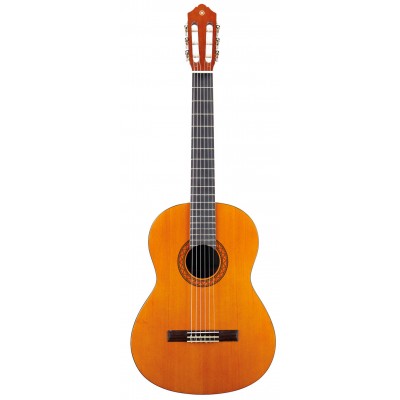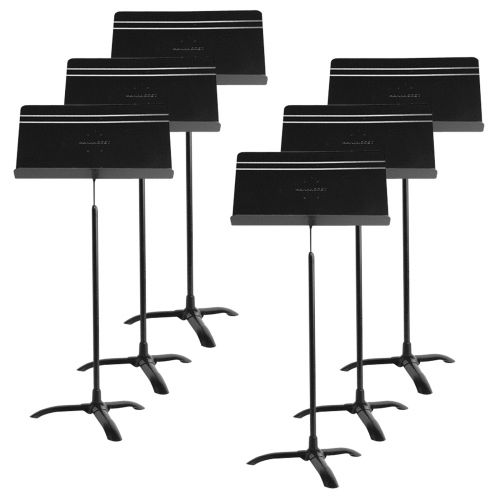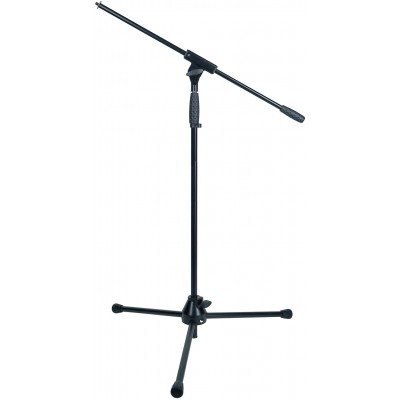-€10 for orders over €199! Code: BFW10
-€30 for orders over €500! Code: BFW30
-€60 for orders over €1000! Code: BFW60
Call us : +33 257 880 074
 en
en















